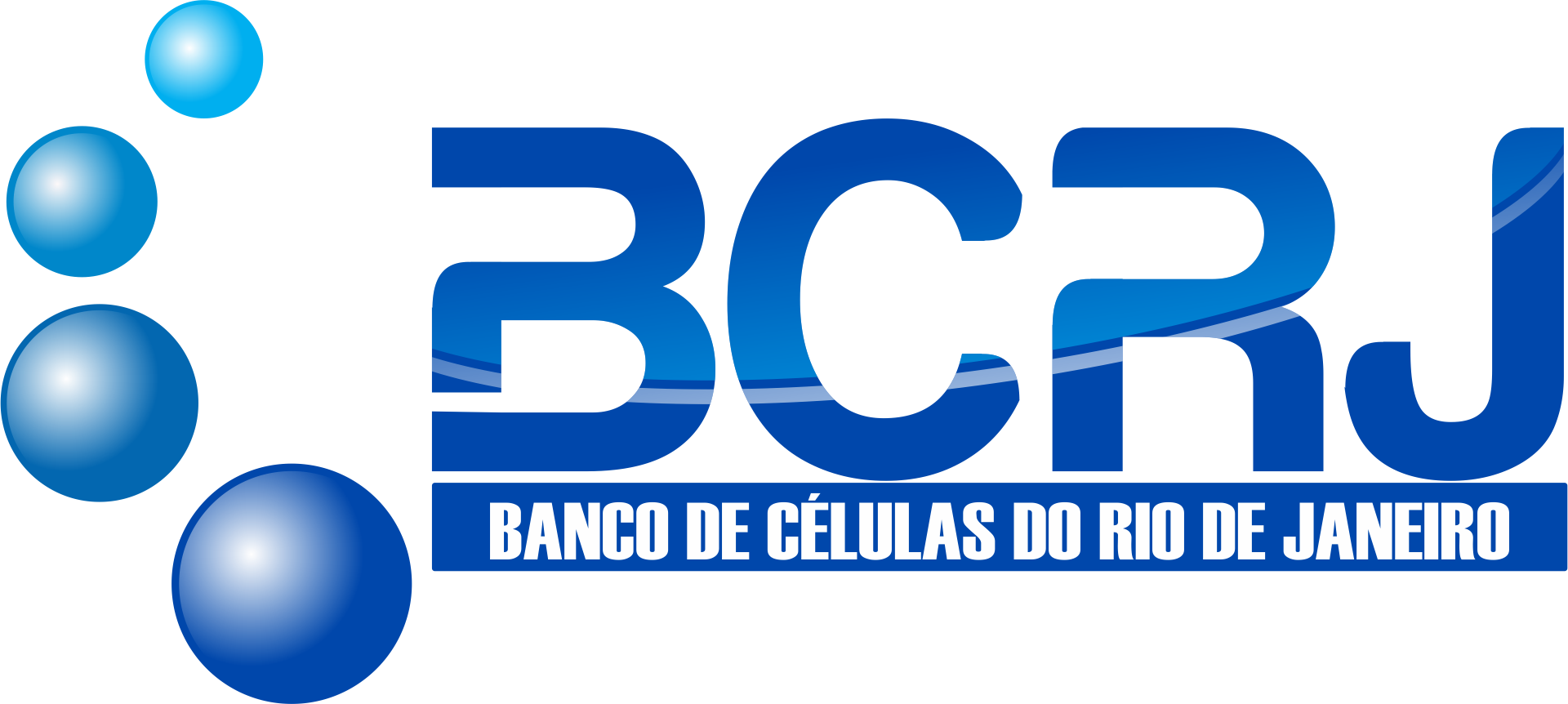| BCRJ Code | 0403 |
| Cell Line | MES-SA/Dx5 |
| Species | Homo sapiens |
| Vulgar Name | Human |
| Tissue | Uterus |
| Cell Type | Epithelial |
| Morphology | Epithelial |
| Disease | Sarcoma |
| Growth Properties | Adherent |
| Sex | Male |
| Age/Ethinicity | 56 Year / Caucasian |
| Derivation | The multi drug-resistant cell line MES-SA/Dx5 was derived from the human uterine sarcoma cell line MES-SA (ECACC catalogue no. 95051030) which was originally obtained from a tumour from a 56-year-old Caucasian female at the time of hysterectomy. The Dx5 variant exhibits a 100-fold resistance to doxorubicin and has a reported doubling time of 30 hours. The two additional marker chromosomes indicate clonal selection during drug selection. MES-SA/Dx-5 cells exhibit marked cross-resistance to a number of chemotherapeutic agents (including daunorubicin, dactinomycin, vincristine, taxol, colchicine) and moderate cross-resistance to mitomycin C and melphalan. Cross resistance to bleomycin, cisplatin, carmustine, 5-fluorouracil or methotrexate was not observed. |
| Biosafety | 1 |
| Culture Medium | McCoy's 5a + 2mM Glutamine + 10% of fetal Bovine Serum (FBS) |
| Subculturing | Split sub-confluent cultures (70-80%) using 0.03% EDTA; 5% CO2; 37°C. Tap side of flask to dislodge cells. Doubling time: ca. 30 hours |
| Subculturing Subcultivation Ratio | 1:6 to 1:8 i.e. seeding at 1-3 x 10,000 cells/cm² |
| Culture Conditions | Atmosphere: air, 95%; carbon dioxide (CO2), 5% Temperature: 37°C |
| Cryopreservation | 95% FBS + 5% DMSO (Dimethyl sulfoxide) |
| Thawing Frozen Cells | SAFETY PRECAUTION:
It is strongly recommended to always wear protective gloves, clothing, and a full-face mask when handling frozen vials. Some vials may leak when submerged in liquid nitrogen, allowing nitrogen to slowly enter the vial. Upon thawing, the conversion of liquid nitrogen back to its gas phase may cause the vial to explode or eject its cap with significant force, creating flying debris.
NOTE: It is important to avoid excessive alkalinity of the medium during cell recovery. To minimize this risk, it is recommended to place the culture vessel containing the growth medium in the incubator for at least 15 minutes before adding the vial contents. This allows the medium to stabilize at its normal pH (7.0 to 7.6). |
| References | Cancer Res 1983; 43:4943; ibid 1985;45:4091. |
| Depositors | Olavo Bohrer Amaral-Universidade Federal do Rio de Janeiro |
| Cellosaurus | CVCL_2598 |



